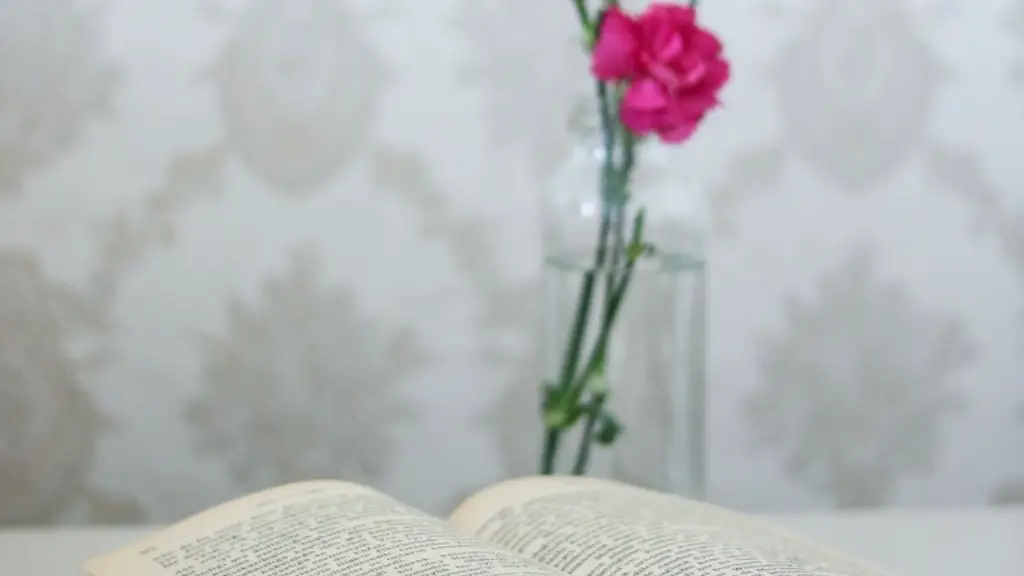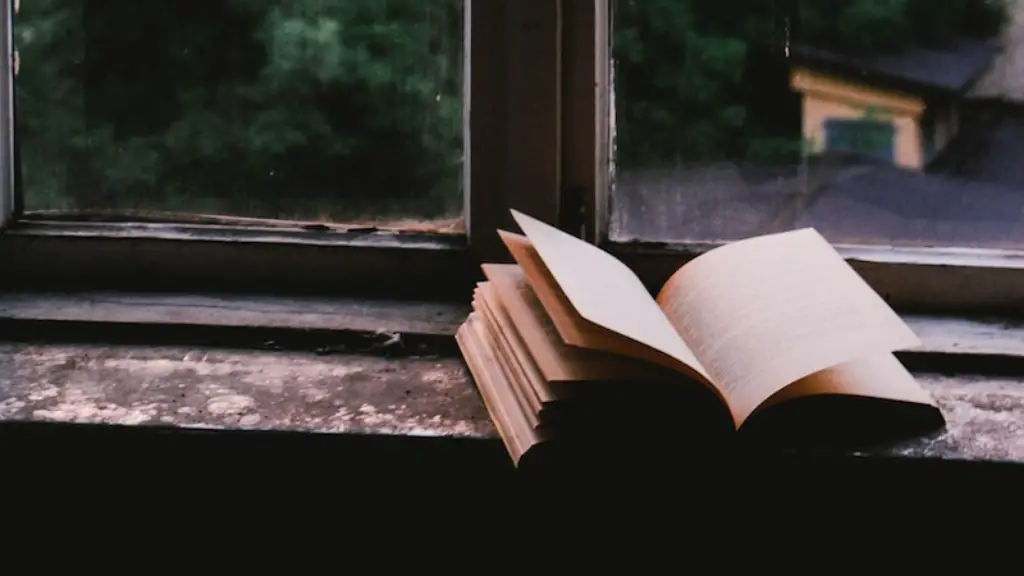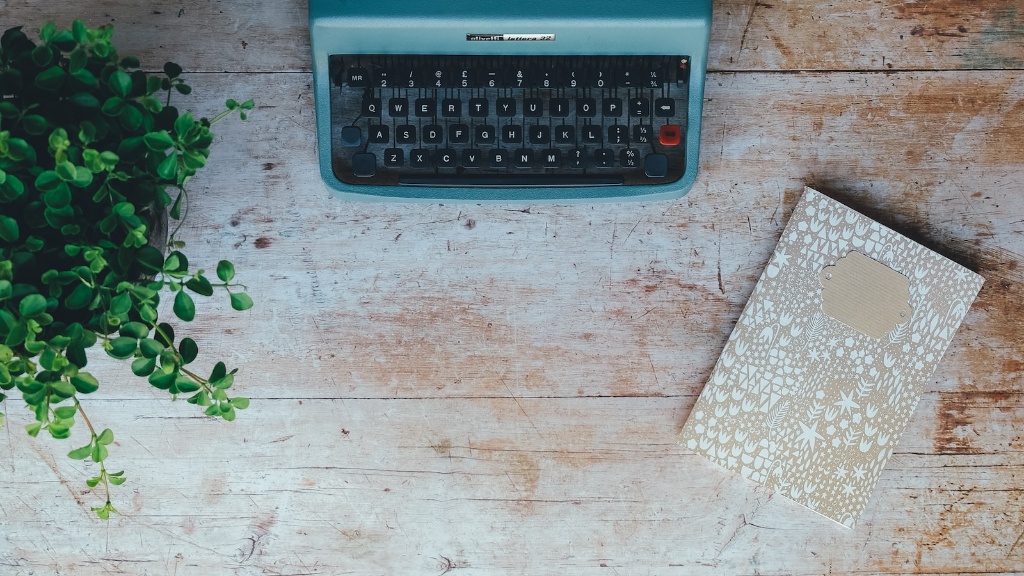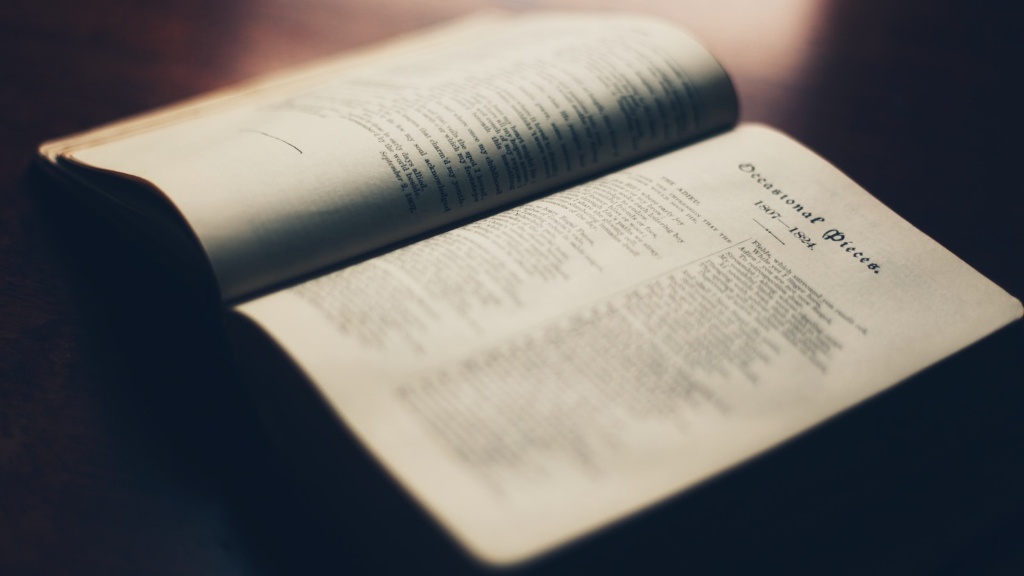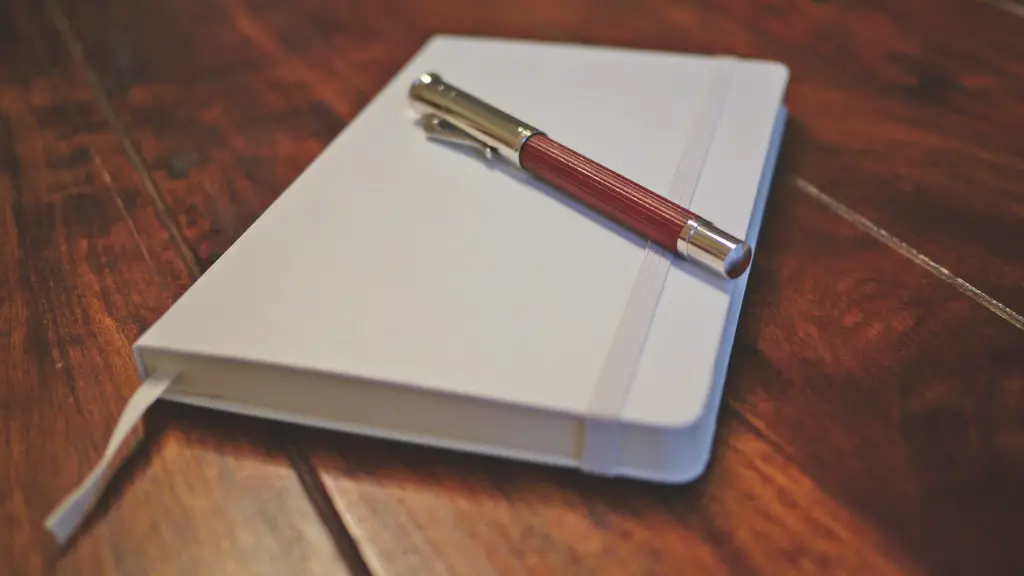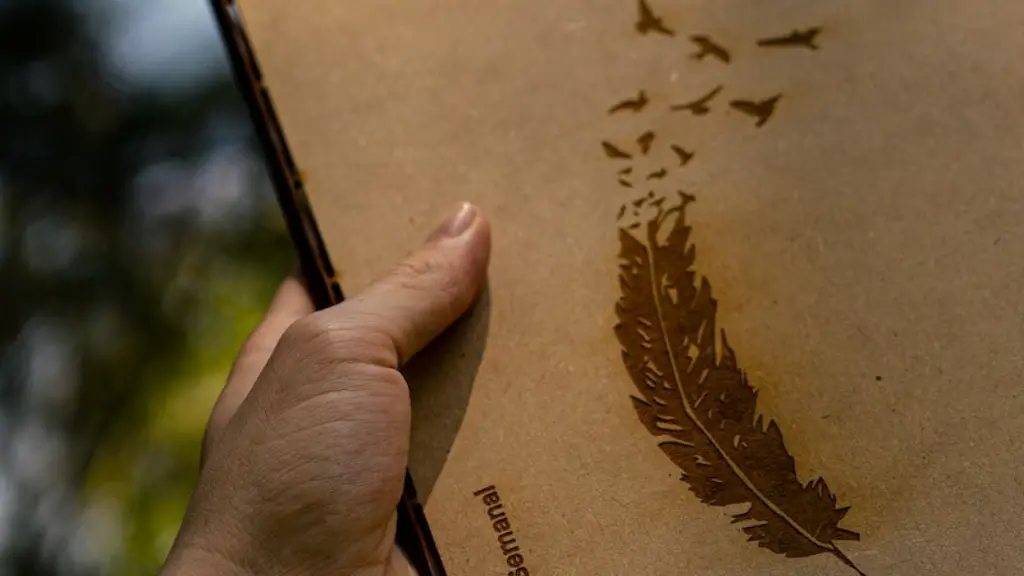What Is Poetic Language In Poetry?
Poetic language is an integral component of the delivery of a poem and the key to unlocking its beauty. Poetry has been around for centuries, and though its function and purpose varies from culture to culture, poetic language has remained a constant throughout, offering readers a distinct taste of the author’s perspective.
Poetic language stands apart from everyday speech because of the way it is crafted. When a poet chooses their words, they do so carefully. They select those words that will evoke a certain emotion, establish a musical tone and communicate a certain message. The writer may also choose to blend two or more languages, allowing two cultures to interact.
The use of poetic language allows a writer to express their thoughts and views in an artistically creative way. This allows them to convey more meaning than with their non-poetic words, as there are so many more shades of meaning expressed in one word than would ordinarily be the case. This ability to artistically convey additional meanings to an audience is what makes poetic language so powerful.
Poetic language often has a higher level of intensity than is found in everyday spoken language. Each word carries a deeper weight, with the acrostic and alliteration often placed at the start of a verse. Another distinguishing feature of poetic language is its use of imagery. Here, words stand side-by-side, offering the reader a vivid visual to process the meaning.
The use of symbols, figurative language and onomatopoeia are also often seen in poetic language, enabling the poet to impact the reader on an emotional level. For example, a six-word sentence may offer the reader a window into a much richer and more complex emotion than a non-poetic phrase.
The use of metaphors and similes are also a common device used by poets to emphasise the emotional content of their words. For example, “It was like a tornado in my head” may suggest a much deeper sentiment than “I felt confused”.
The above is just a snapshot of how poetic language works in a poem. To fully understand it, one must spend time exploring many pieces of literature, read carefully and pay attention to the language used. Equipped with this knowledge, readers can gain an understanding of poetic language, its utility and its purpose.
Common Poetic Language Techniques
Echoes, rhymes and puns are used by writers to add an aural element to their poem, making the words vibrant and alive. Writers also often use alliterations, a technique where a series of words are linked by a common sound at the beginning of each word. Alliterations evoke a sense of melody and rhythm and are used to draw the reader in.
Imagery is one of the most powerful poetic language techniques as it helps to create a picture in the reader’s mind. Poets can utilise powerful adjectives to establish a vivid image in the reader’s mind. They also may also use metaphors and similes, as these can help to invoke a stronger emotion and deepen the connection with the audience.
The use of contrasts and juxtaposition can also be an effective poetic language technique. By putting two different things side-by-side, the writer can create a narrative with multiple layers of meaning. This type of contrast can be used to heighten the intensity of the poem, making the audience experience something even more powerful.
The use of vivid verbs and mood modifiers can be used to convey the poem’s meaning more clearly. By combining aggressive verbs like “roar” or “scream” with something tender like “love” or “dream” the audience can feel the intensity of the situation. These verbs and modifiers can evoke strong emotions from the reader, propelling them further into the poem’s world.
Writers also employ repetition in a poem to build tension and emphasise certain words or phrases. Repetition offers the reader a more intense emotional response. Additionally, poets may also use rhythm to give their words more emotional power.
Examples of Poetic Language
One of the best examples of poetic language can be found in Shakespeare’s sonnet “Shall I Compare Thee To A Summer’s Day”. This sonnet uses a combination of metaphors and similes to make the poem’s meaning clear. The poem also contains alliteration, creating a beautiful sound that can be heard throughout.
Another example of beautiful poetic language is found in Sylvia Plath’s poem ‘Lady Lazarus’. Plath has used powerful verbs such as ‘rising’, ‘dragging’, ‘writhing’ and ‘drilling’ which increase the intensity of the poem. She has also used personification in order to intensify the emotions behind her words.
T.S Eliot’s poem ‘The Love Song of J. Alfred Prufrock’ uses a combination of contrasting images and literary devices to create a compelling narrative. Eliot has used symbolism to evoke a rich emotional response from the reader, and has used his words to create a vivid imagery for the reader to explore.
The nature poem ‘The Wind’ by James Stephens also contains a strong use of poetic language. This poem uses vivid verbs to create a sense of movement, and descriptive adjectives to stimulate the reader’s senses. Stephens also employs the use of personification to make the wind seem almost human like, creating a powerful impact on the reader.
Applying Poetic Language
Poetic language is an essential tool for any poet looking to craft a powerful and engaging poem. There is no one technique that should be used, as the best way to determine which techniques to use is to experiment. Through this, a writer can create a poetic expression that will resonate with the audience.
To get started, the writer should look at the poem’s theme and purpose, and think about the words they want to use to capture the intention of the poem. Once they have established this, they should consider how they can make their language vivid and engaging. By experimenting with different techniques, the writer can enable their poem to reach its full potential.
In addition, the writer should also be aware of any stylistic conventions that apply to the poem. These conventions will determine the types of words the writer should use, and the structures they should employ. By adhering to these conventions, the writer can ensure their poem is well received by their audience.
Poetic Language for Different Poets
While all poets use poetic language, there are some writers who have mastered it more successfully than others. Writers like Walt Whitman, William Butler Yeats and Maya Angelou have used poetic language with dexterity, expressing their thoughts and feelings to the reader in an eloquent and emotive manner.
Each of these writers has harnessed the full power of poetic language, developing their own style and making the words their own. They have used metaphor and simile to create vivid images, and employed repetition to emphasise certain lines. Their language has been honed to perfection, and they have been able to express their truth in a way that resonates with the reader.
Poetic language is something that can be learnt through experience and practice. Poets should look closely at the works of other writers who have used it to great success, and from there take inspiration for their own work. With this, they can develop and refine their own use of poetic language, perfecting the art and expressing their thoughts and emotions to the fullest.
The Influence of Poetic Language
The use of poetic language can have a powerful influence on its audience. Through the use of vivid and emotive language, poets can move people to tears or inspire them to take action. It can evoke powerful emotions, shape our perceptions of events and shape our beliefs.
Many writers have used poetic language to influence their readers, and this tradition continues today. Poets are the voices of their age, and their words can be more powerful than any other. Their use of symbol, imagery and language can move and inspire, offer solace and provoke action.
The influence of poetic language can also be seen in other areas, such as in film, literature and music. All of these mediums rely on the use of words to tell a story, convey an emotion or express a point of view. Often the words used in these mediums share a similarity to those of the poet’s, showcasing the power and emotive nature of language.
The Power of Poetic Language
Poetic language can be powerful and moving. It can be used to convey a message, a feeling or an opinion with great impact. By using language creatively, a poet can take the reader on a journey, helping them to see the world in a new way and make sense of the world around them.
The use of poetic language allows poets to explore topics in an imaginative and emotive way, and evoke feelings in their readers that they may not have otherwise experienced. It is this impact that makes poetic language so special, allowing poets to capture their truth and share it with the world.
The Use of Poetic Language In Writing
Poetic language can be used in all types of writing, from novels to academic essays. Writers can use this language to deepen the emotions and add intensity to the words. It can create a vivid picture for the reader, and give them a unique perspective on the topic.
In academic essays, the use of poetic language can add new dimensions to the argument being made. This type of language can be used to make logical concepts more engaging, allowing the reader to experience the emotion behind the ideas being presented.
In novels, the use of poetic language helps to evoke strong emotions and create powerful imagery. It can transport the reader to new worlds and experiences, allowing them to inhabit the protagonist’s perspective. By employing poetic language, writers can create entirely new realities for their readers.
The Future of Poetic Language
Poetic language is an evolving form of expression and will continue to shape the human experience. With the rise of digital mediums, poets are finding new and innovative ways to use language to convey their message and impact the world. As technology advances, so does the use of poetic language, allowing poets to reach more people and amplify their message.
The use of poetic language will also continue to evolve, as poets learn new techniques and experiment with new forms and styles. New technologies and mediums could provide insights into the power of poetic language, allowing poets to craft even more powerful pieces of work.
Ultimately, poetic language will remain one of the most influential forms of expression. It gives poets access to powerful emotions and allows them to express their message to the world. Through poetic language, writers can reach out, challenge and inspire, captivating their audience and opening their minds to a new perspective.
